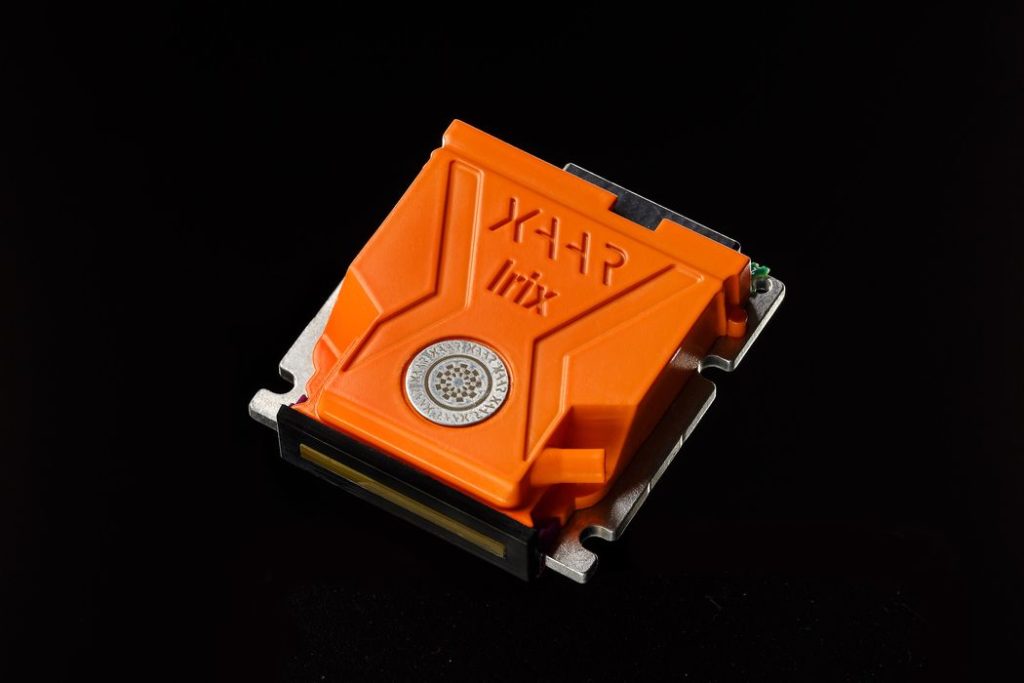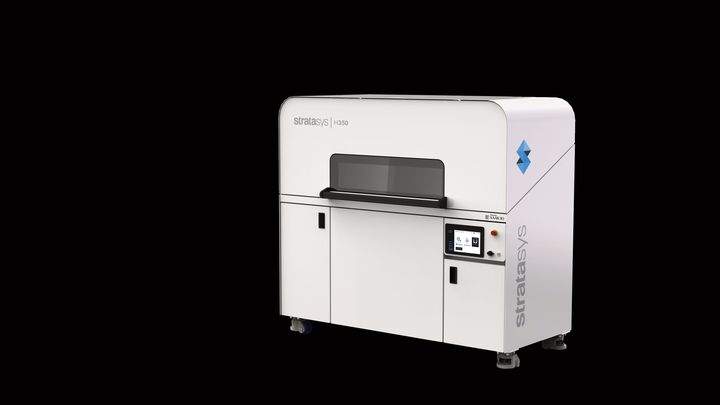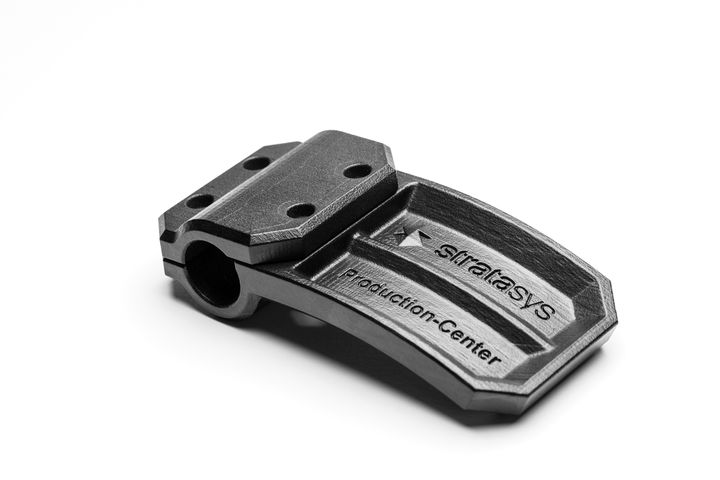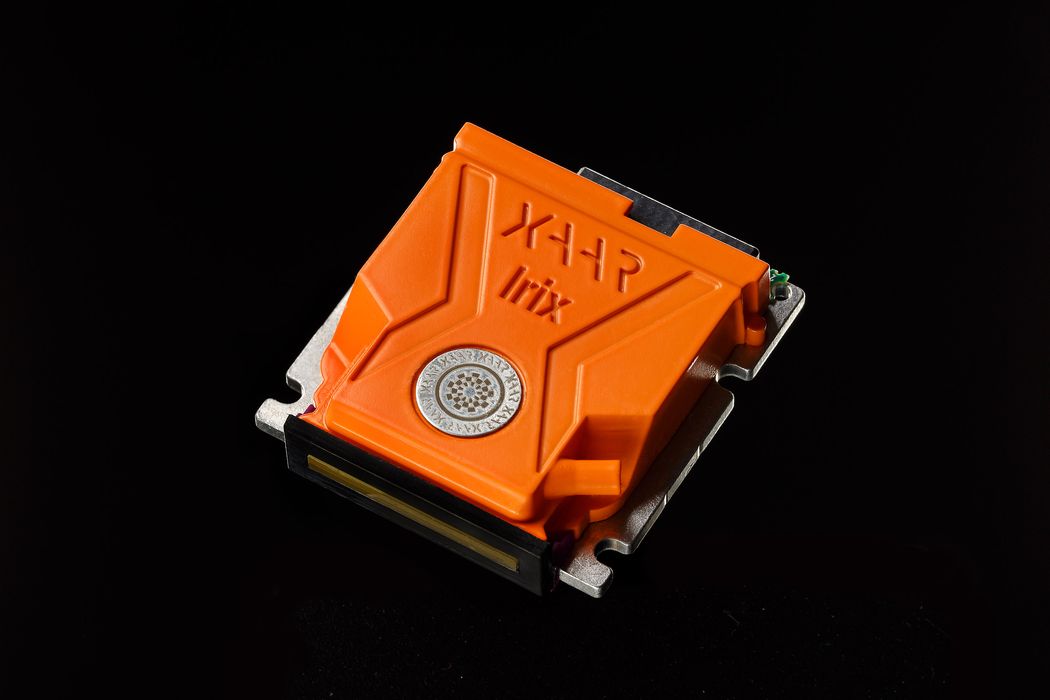
More moves in the corporate acquisition space this week: Stratasys acquired Xaar.
If you’re not familiar with Xaar, they are a 30-year old UK company that specializes in the production of advanced inkjet printheads. These printheads can be used in a variety of predictable applications, but can also be used in binder jet-style 3D printers.
That’s precisely what Stratasys has done with their recently announced H350 device. Announced only a few months ago, the H350 stepped beyond Stratasys’ traditional FDM and PolyJet 3D printing technologies to introduce something entirely new: SAF, or “Selective Absorption Fusion”. The process involves using the Xaar printheads to deposit liquid (“HAF”) on a flat bed of powder. A second pass with an infrared light source causes the deposited liquid to rapidly heat up, and consequently fuse the surrounding powder into the desired geometry.

The H350 implements this process in a unique way involving high speed rollers to rapidly deposit and prepare new powder layers. The Xaar printheads are designed for ultra-high-speed deposition, so they match the speed theme of the H350.
What this means is that it is possible to build very high speed 3D printers using the SAF process, and by implication, the Xaar printheads.

Stratasys has long been an investor in Xaar, and perhaps that’s one reason why they were able to produce the unique H350 3D printer earlier this year.
Stratasys’ interest is in manufacturing. The company originally developed the FDM process (also known as FFF), and acquired the PolyJet process from Objet at about the time the FDM patents were expiring. However, the PolyJet patents are now aged, and the company needs another strategy.
That strategy appears to be a move into the manufacturing space. Stratasys has for the past few years been experimenting with a variety of systems designed specifically for manufacturing environments, including a continuous 3D printer, a composite robotic 3D printer, an “infinite” 3D printer and more. “More” includes the H350, which has become an actual product from the company.
Now they’ve bought out all the shares of Xaar and own the company outright.
This is not too surprising; after all, Stratasys already owned approximately 45% of Xaar shares, and last year I speculated that this acquisition could occur. Now it has.
I’m thinking this can mean only one thing: Stratasys believes they have finally found the key to unlock the massive manufacturing environment, and it is the SAF technology in the H350 and the powerful Xaar printheads.
By acquiring the company they gain two significant advantages.
First, they guarantee a supply of Xaar printheads. Why would they want such a thing? It could be that they are expecting to need many of them in a potentially large build of SAF-powered equipment for manufacturing in coming years. The experience with the H350 this year may have been more of a pilot project where manufacturers could evaluate the technology at a smaller scale to determine if it could work at a larger scale.
Secondly, the acquisition allows Stratasys to block sales of Xaar printheads to potential competitors who intend on producing competing large-scale manufacturing 3D printers. It’s not clear if they would do this, but certainly the acquisition allows them to do so.
While Stratasys no doubt has patented the SAF process, it is likely that similarly powerful, but slightly different 3D printing technology could be developed using Xaar printheads by a competitor. That might not be allowed by Stratasys, at least until they can more firmly establish their footprint in the manufacturing space.
This might appear to be a simple stock acquisition, but the implications of the deal are very significant for Stratasys and the manufacturing world.
[CLARIFICATION] This acquisition is specifically for Xaar 3D Ltd, a subsidiary of Xaar that focuses on industrial 3D printing, while Xaar itself will continue as an independent organization. However, the AM activities are all within Xaar 3D Ltd, thus Stratasys is acquiring the specific piece of Xaar that relates to our industry.
Via Stratasys

